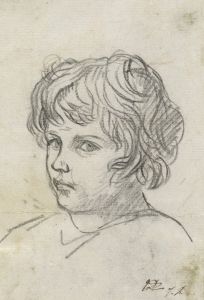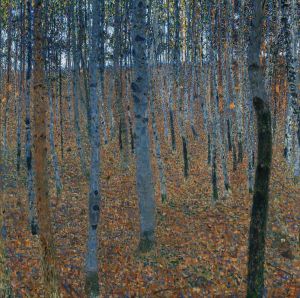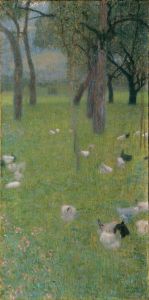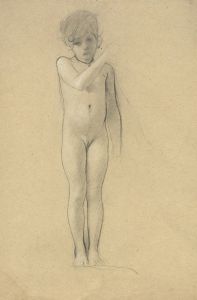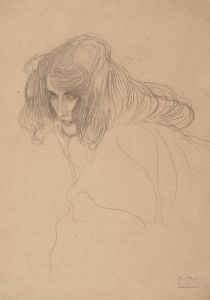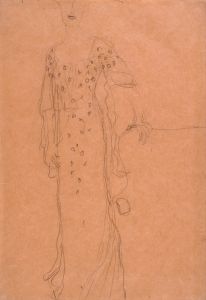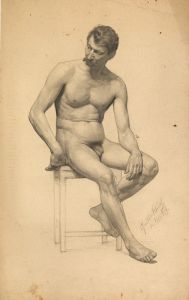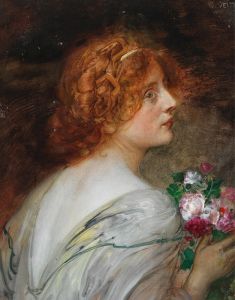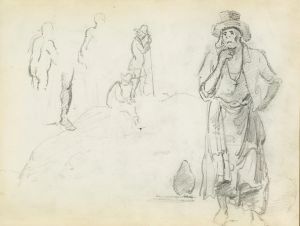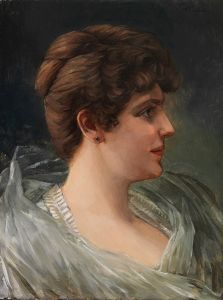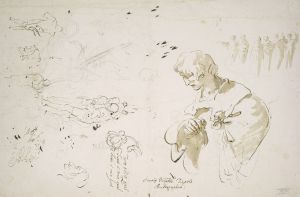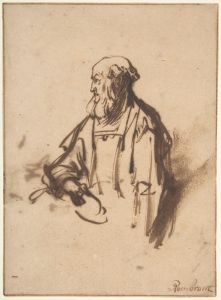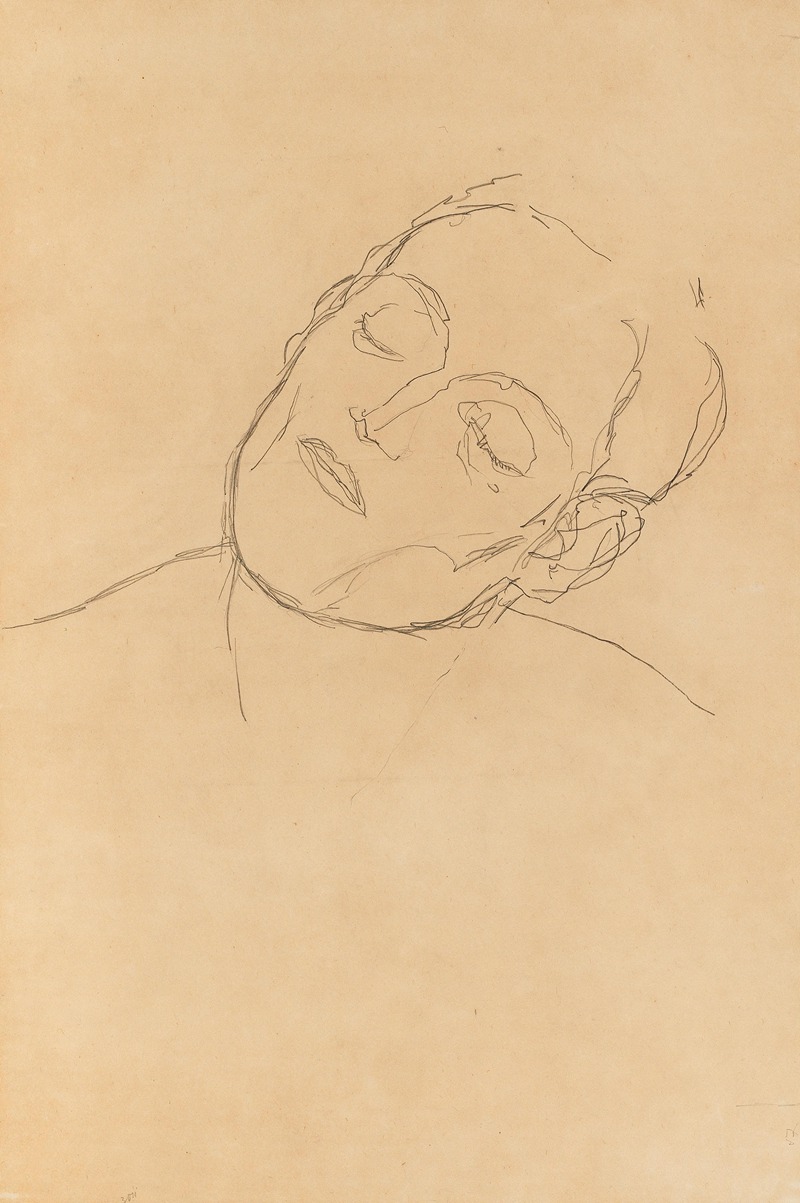
Male head turned to the right with closed eyes
A hand-painted replica of Gustav Klimt’s masterpiece Male head turned to the right with closed eyes, meticulously crafted by professional artists to capture the true essence of the original. Each piece is created with museum-quality canvas and rare mineral pigments, carefully painted by experienced artists with delicate brushstrokes and rich, layered colors to perfectly recreate the texture of the original artwork. Unlike machine-printed reproductions, this hand-painted version brings the painting to life, infused with the artist’s emotions and skill in every stroke. Whether for personal collection or home decoration, it instantly elevates the artistic atmosphere of any space.
Gustav Klimt, an Austrian symbolist painter, is renowned for his distinctive style that combines symbolic subject matter with elaborate ornamentation. One of his lesser-known works, "Male Head Turned to the Right with Closed Eyes," exemplifies his skill in portraiture and his interest in capturing the human form with emotional depth and subtlety.
Klimt was born on July 14, 1862, in Baumgarten, near Vienna, in the Austrian Empire. He was a prominent figure in the Vienna Secession movement, which sought to break away from traditional academic art and explore new artistic expressions. Klimt's work is often characterized by its sensuality and use of gold leaf, as seen in his famous paintings like "The Kiss" and "Portrait of Adele Bloch-Bauer I."
"Male Head Turned to the Right with Closed Eyes" is a drawing that showcases Klimt's mastery of line and form. The piece is executed with a delicate touch, capturing the serene expression of the male subject. The closed eyes suggest a moment of introspection or tranquility, a theme that Klimt often explored in his portraits. The drawing is rendered with precision, highlighting the contours of the face and the subtle play of light and shadow.
Klimt's portraits often focused on women, making this study of a male subject somewhat unique within his oeuvre. His interest in the human face and expression is evident in this work, as he captures the nuances of emotion with minimalistic detail. The drawing reflects Klimt's ability to convey depth and character through simple yet effective means.
Throughout his career, Klimt was influenced by various artistic movements, including Symbolism and Art Nouveau. His work often incorporated elements of both, blending intricate patterns with symbolic imagery. While "Male Head Turned to the Right with Closed Eyes" is a more straightforward representation compared to his more elaborate paintings, it still embodies the elegance and emotional resonance that define Klimt's art.
Klimt's impact on the art world extends beyond his paintings and drawings. As a leading figure in the Vienna Secession, he played a crucial role in shaping the direction of modern art in Austria. His innovative approach to composition, use of color, and exploration of themes such as love, beauty, and mortality have left a lasting legacy.
"Male Head Turned to the Right with Closed Eyes" is a testament to Klimt's versatility as an artist. While it may not be as widely recognized as some of his other works, it offers insight into his artistic process and his ability to capture the essence of his subjects with grace and sensitivity. The drawing remains an important part of Klimt's body of work, illustrating his continued exploration of the human condition through art.
In summary, Gustav Klimt's "Male Head Turned to the Right with Closed Eyes" is a compelling example of his portraiture, showcasing his skill in capturing emotion and character with simplicity and elegance. It reflects his broader artistic themes and contributions to the Vienna Secession, highlighting his enduring influence on the art world.





